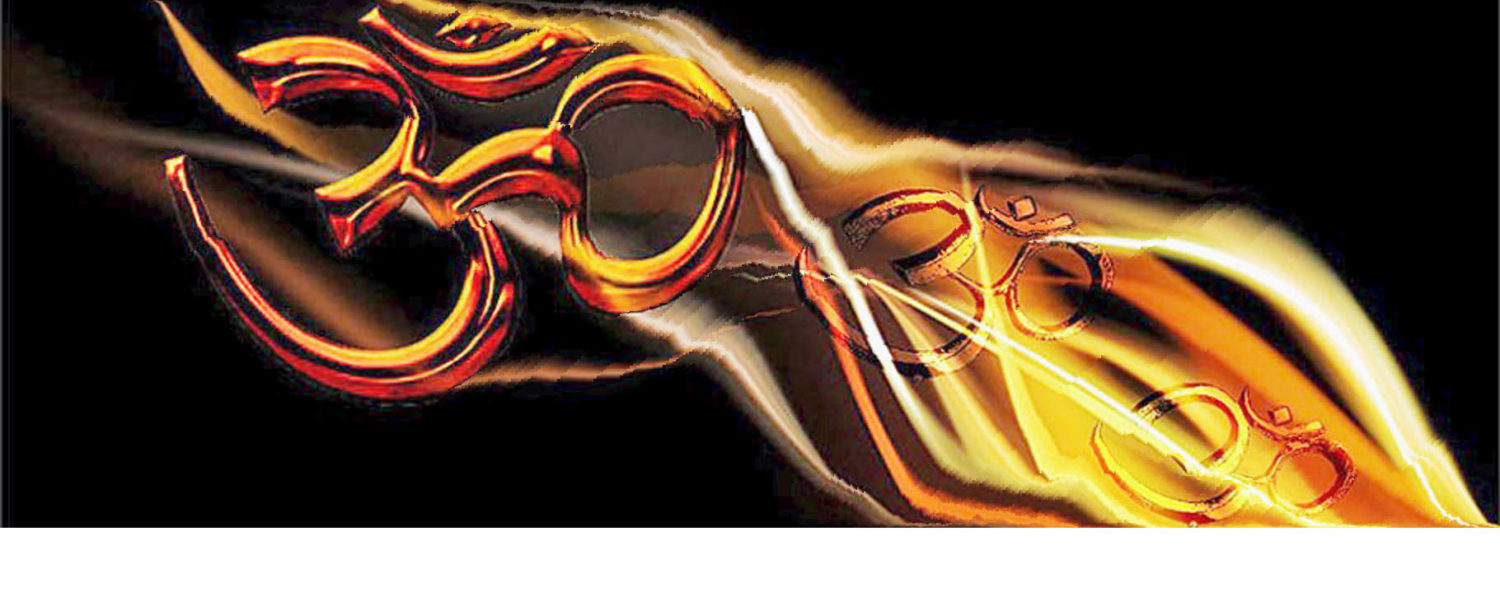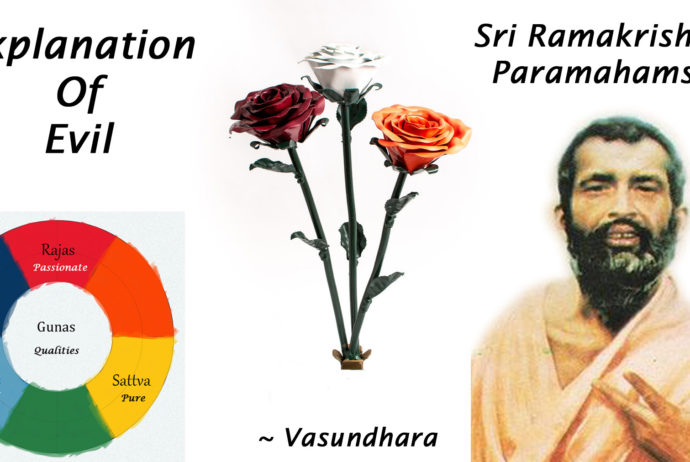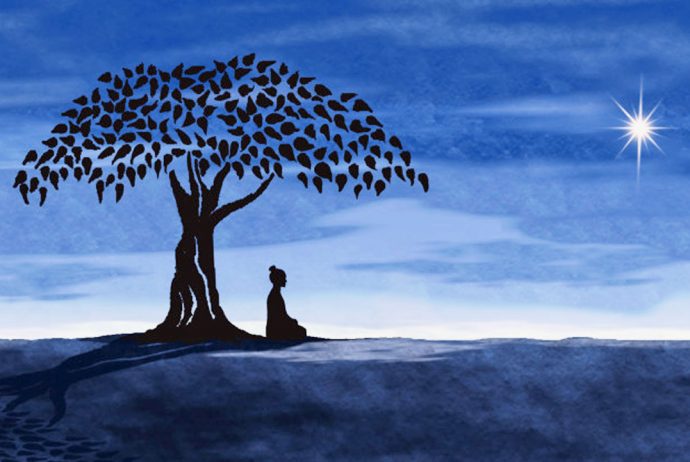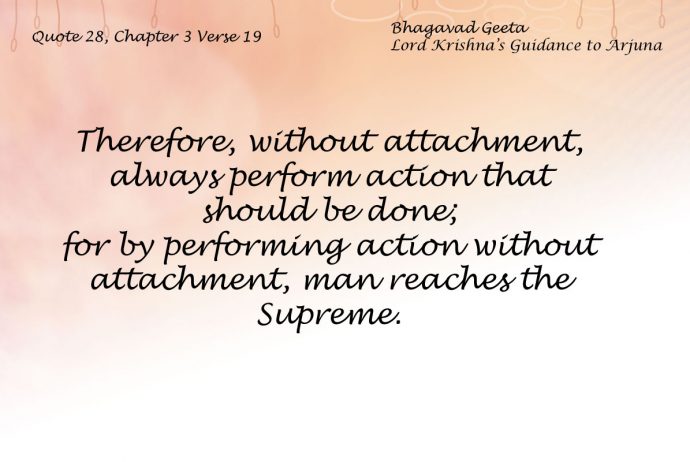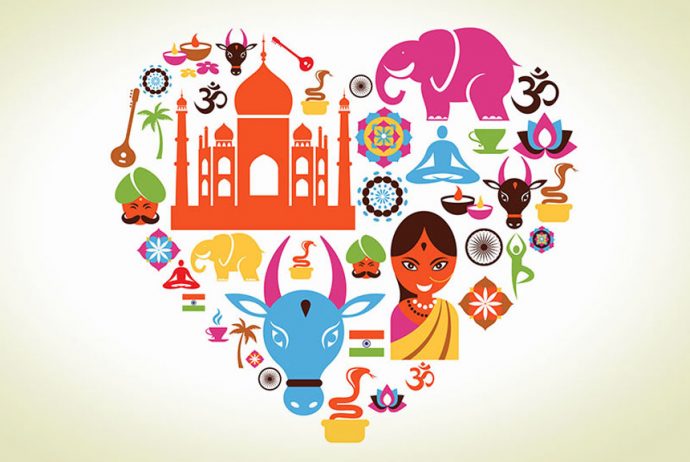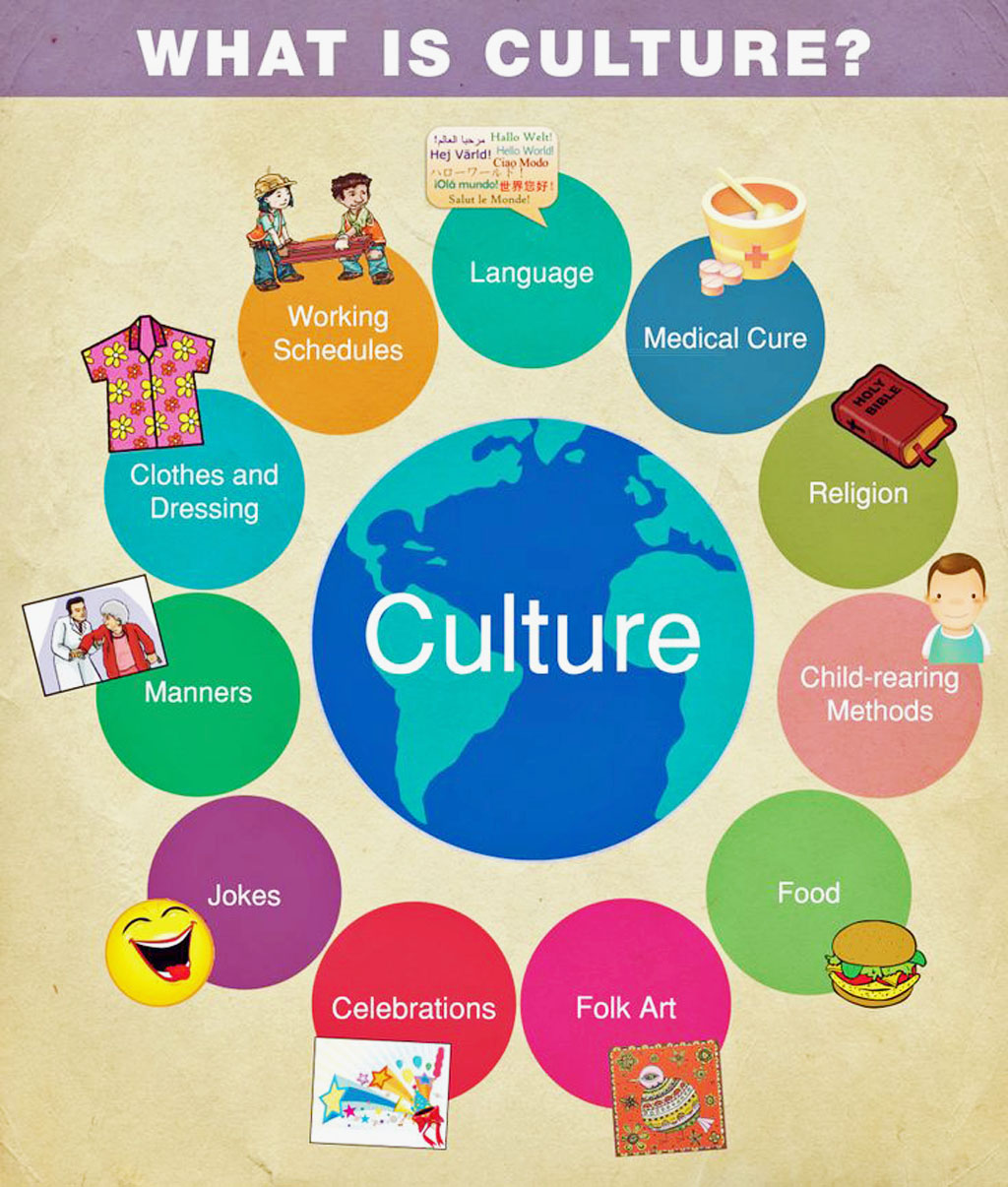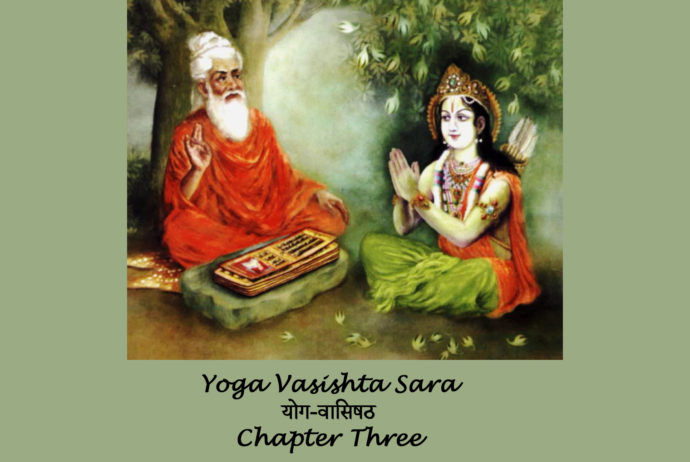Is the Realized one aware of happenings – Nisargadatta
Q: The fully realized man, spontaneously abiding in the supreme state, appears to eat, drink and so on. Is he aware of it, or not?
M: That in which consciousness happens, the universal consciousness or mind, we call the ether of consciousness. All the objects of consciousness form the universe. What is beyond both, supporting both, is the supreme state, a state of utter stillness and silence. Whoever goes there, disappears. It is unreachable by words, or mind. You may call it God, or Parabrahman, or Supreme Reality, but these are names given by the mind. It is the nameless, contentless, effortless and spontaneous state, beyond being and not being.
Q: But does one remain conscious?
M: As the universe is the body of the mind, so is consciousness the body of the supreme. It is not conscious, but it gives rise to consciousness.
Q: In my daily actions much goes by habit, automatically. I am aware of the general purpose, but not of each movement in detail. As my consciousness broadens and deepens, details tend to recede, leaving me free for the general trends. Does not the same happens to a jnani, but more so?
M: On the level of consciousness – yes. In the supreme state, no. This state is entirely one and indivisible, a single solid block of reality. The only way of knowing it is to be it. The mind cannot reach it. To perceive it does not need the senses; to know it, does not need the mind.
Q: That is how God runs the world.
M: God is not running the world.
Q: Then who is doing it?
M: Nobody. All happens by itself. You are asking the question and you are supplying the answer. And you know the answer when you ask the question. All is a play in consciousness. All divisions are illusory. You can know the false only. The true you must yourself be.
Q: There is the witnessed consciousness and there is the witnessing consciousness. Is the second the supreme?
M: There are the two — the person and the witness, the observer. When you see them as one, and go beyond, you are in the supreme state. It is not perceivable, because it is what makes perception possible. It is beyond being and not being. It is neither the mirror nor the image in the mirror. It is what is — the timeless reality, unbelievably hard and solid.
Q: The jnani – is he the witness or the Supreme?
M: He is the Supreme, of course, but he can also be viewed as the universal witness.
Q: But he remains a person?
M: When you believe yourself to be a person, you see persons everywhere. In reality there are no persons, only threads of memories and habits. At the moment of realization the person ceases.
Identity remains, but identity is not a person, it is inherent in the reality itself. The person has no being in itself; it is a reflection in the mind of the witness, the ‘I am’, which again is a mode of being.
Q: Is the Supreme conscious?
M: Neither conscious nor unconscious, I am telling you from experience.
Q: Pragnanam Brahma. What is this Pragna?
M: It is the un-selfconscious knowledge of life itself.
Q: Is it vitality, the energy of life, livingness?
M: Energy comes first. For everything is a form of energy. Consciousness is most differentiated in the waking state. Less so in dream. Still less in sleep. Homogeneous – in the fourth state. Beyond is the inexpressible monolithic reality, the abode of the jnani.
Q: I have cut my hand. It healed. By what power did it heal?
M: By the power of life.
Q: What is that power?
M: It is consciousness. ALL is conscious.
Q: What is the source of consciousness?
M: Consciousness itself is the source of everything.
Q: Can there be life without consciousness?
M: No, nor consciousness without life. They are both one. But in reality only the Ultimate is. The rest is a matter of name and form. And as long as you cling to the idea that only what has name and shape exists, the Supreme will appear to you non-existing. When you understand that names and shapes are hollow shells without any content whatsoever, and what is real is nameless and formless, pure energy of life and light of consciousness, you will be at peace – immersed in the deep silence of reality.
Q: If time and space are mere illusions and you are beyond, please tell me what is the weather in New York. Is it hot or raining there?
M: How can I tell you? Such things need special training. Or, just travelling to New York. I may be quite certain that I am beyond time and space, and yet unable to locate myself at will at some point of time and space. I am not interested enough; I see no purpose in undergoing a special Yogic training. I have just heard of New York. To me it is a word. Why should I know more than the word conveys? Every atom may be a universe, as complex as ours. Must I know them all? I can – if I train.
Q: In putting the question about the weather in New York, where did I make the mistake?
M: The world and the mind are states of being. The supreme is not a state. It pervades, all states, but it is not a state of something else. It is entirely uncaused, independent, complete in itself, beyond time and space, mind and matter.
Q: By what sign do you recognise it?
M: That’s the point that it leaves no traces. There is nothing to recognise it by. It must be seen directly, by giving up all search for signs and approaches. When all names and forms have been given up, the real is with you. You need not seek it. Plurality and diversity are the play of the mind only. Reality is one.
Q: If reality leaves no evidence, there is no speaking about it.
M: It is. It cannot be denied. It is deep and dark, mystery beyond mystery. But it is, while all else merely happens.
Q: Is it the Unknown?
M: It is beyond both, the known and the unknown. But I would rather call it the known, than the unknown. For whenever something is known, it is the real that is known.
Q: Is silence an attribute of the real?
M: This too is of the mind. All states and conditions are of the mind.
Q: What is the place of samadhi?
M: Not making use of one’s consciousness is samadhi. You just leave your mind alone. You want nothing, neither from your body nor from your mind.
Nisargadatta Maharaj – I am That
The Supreme, The Mind, The Body
Item 13
